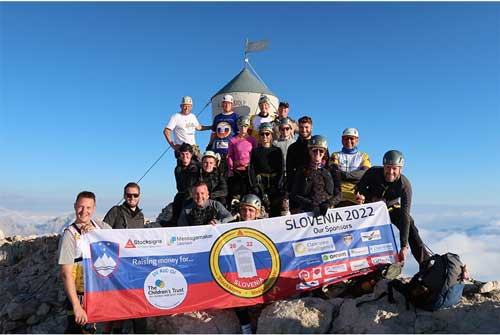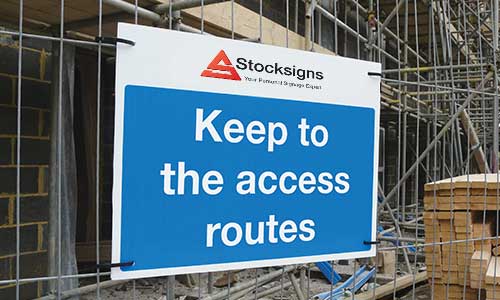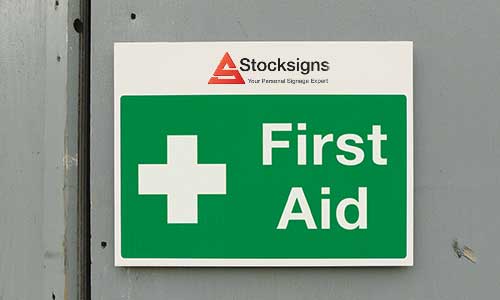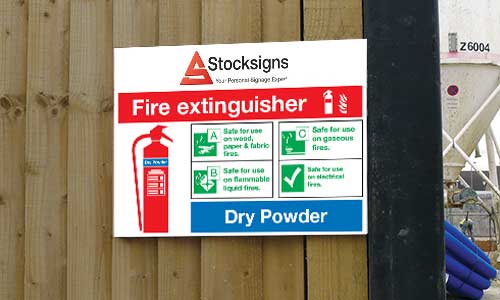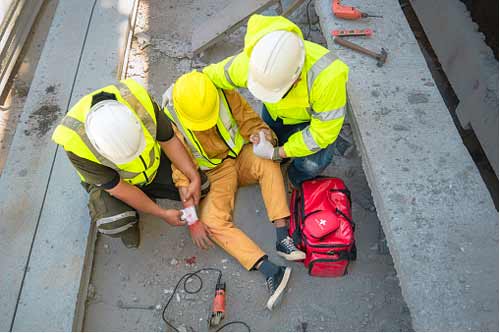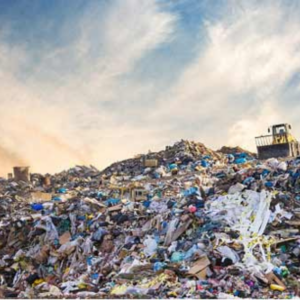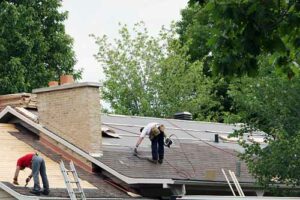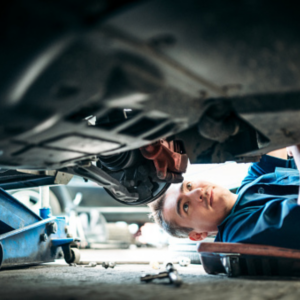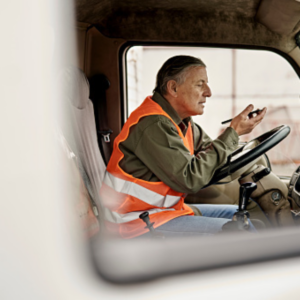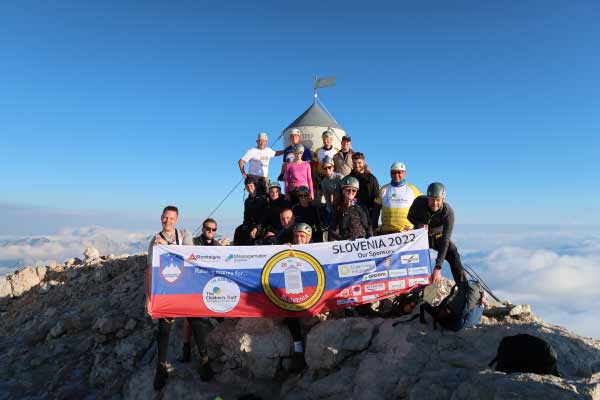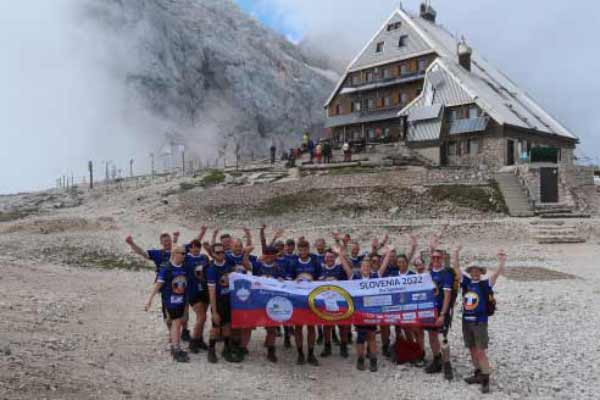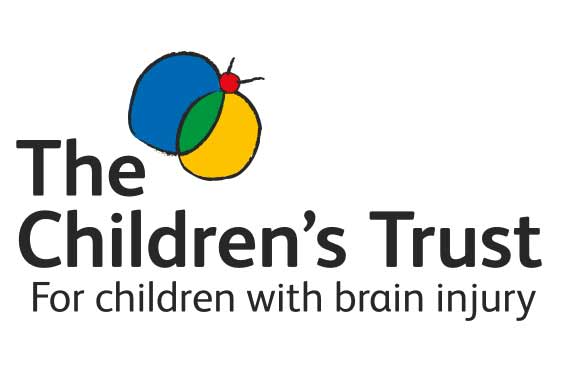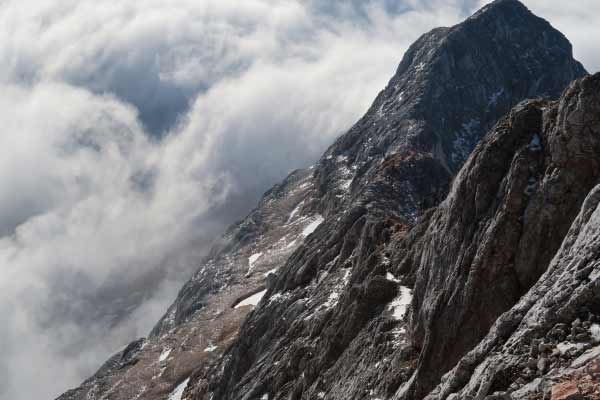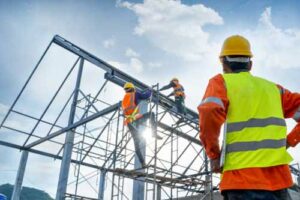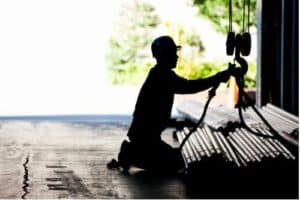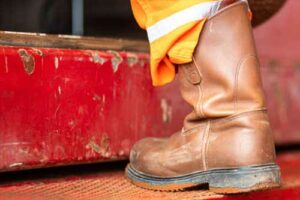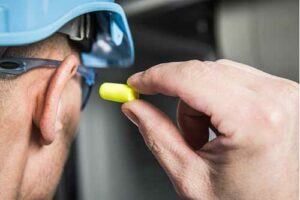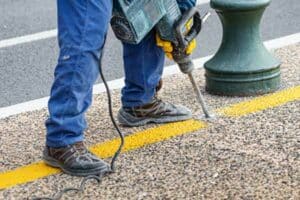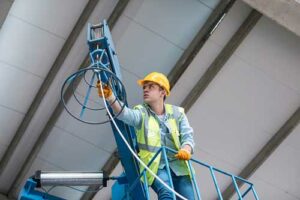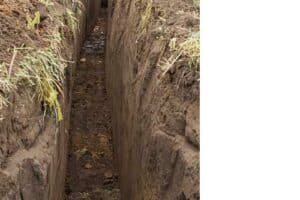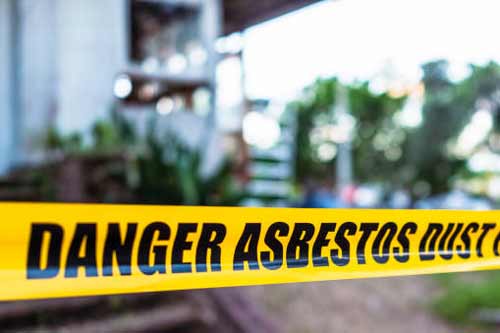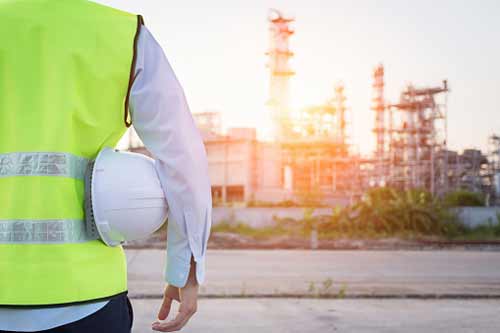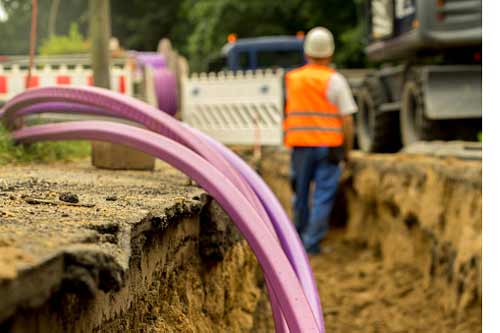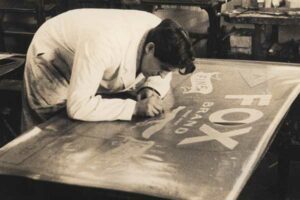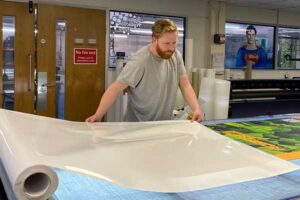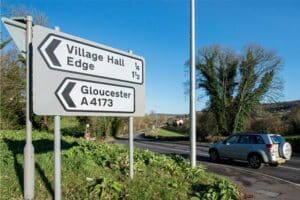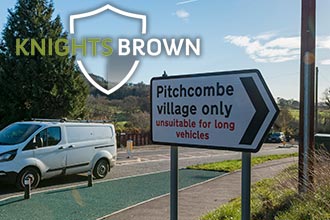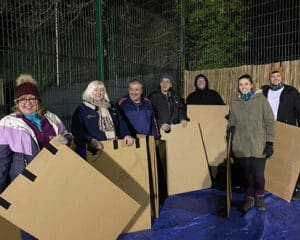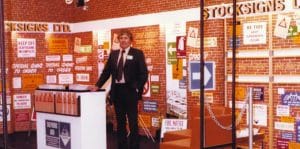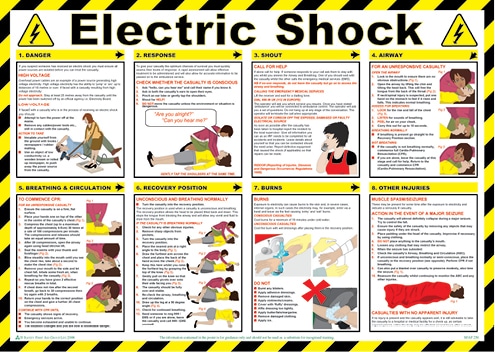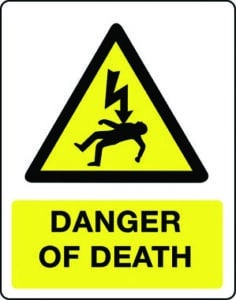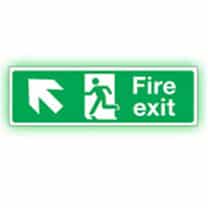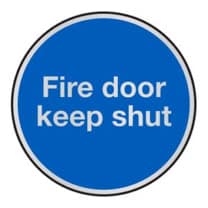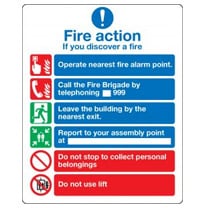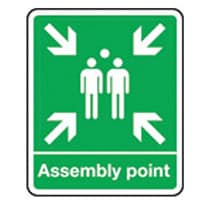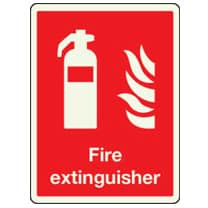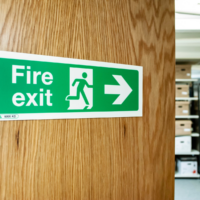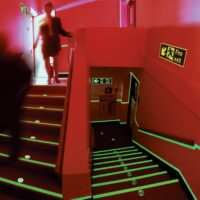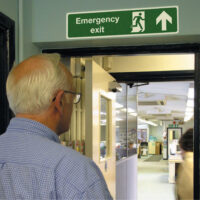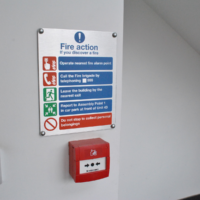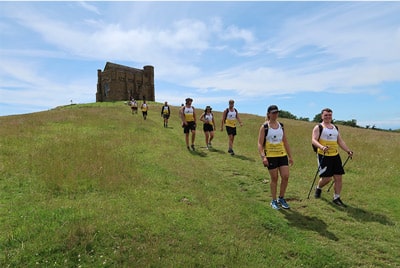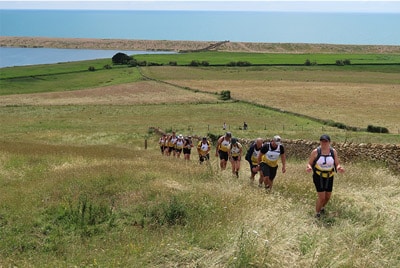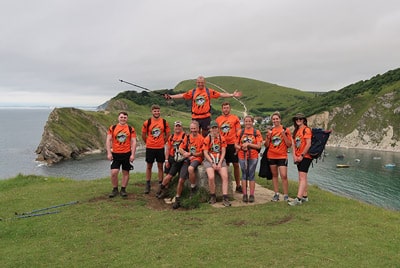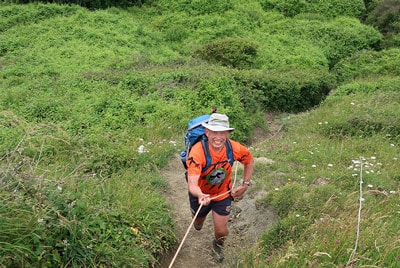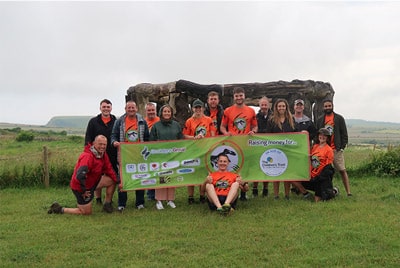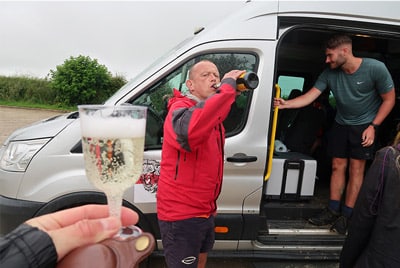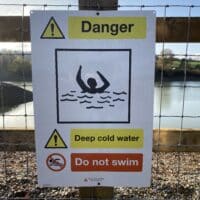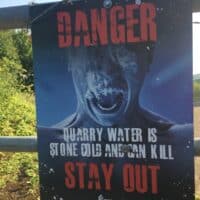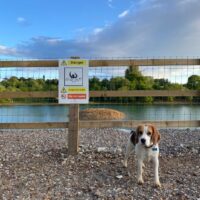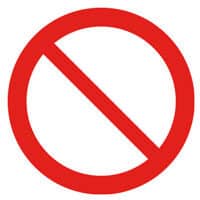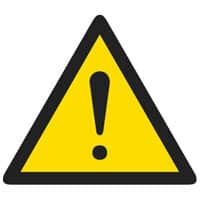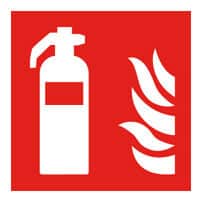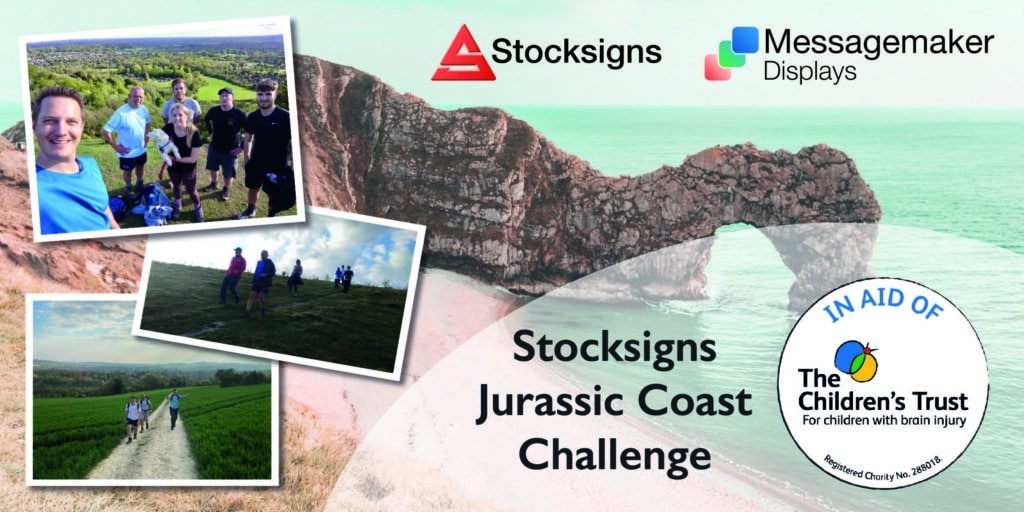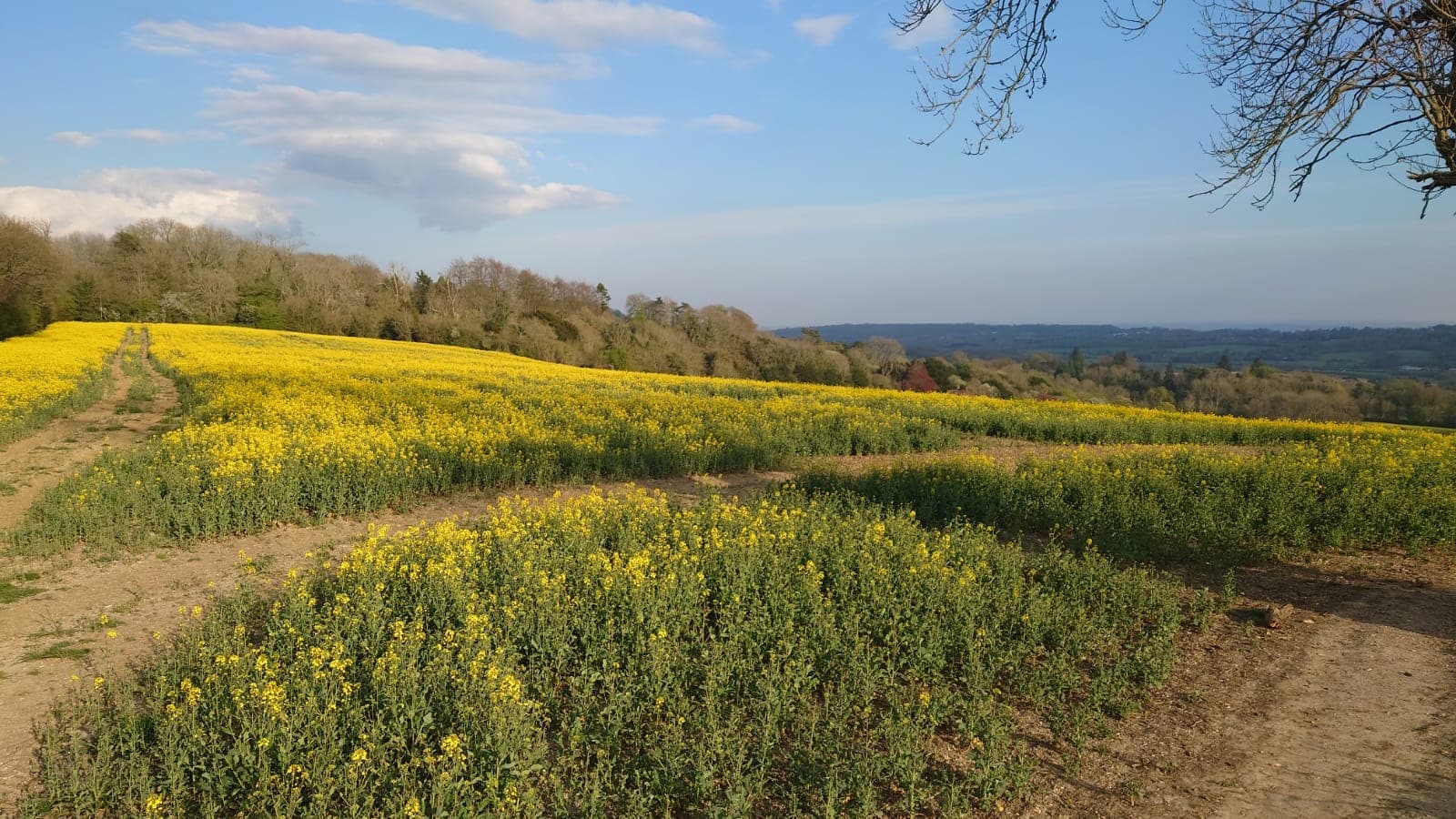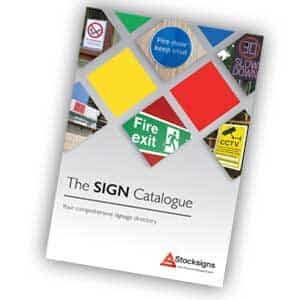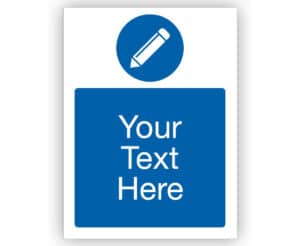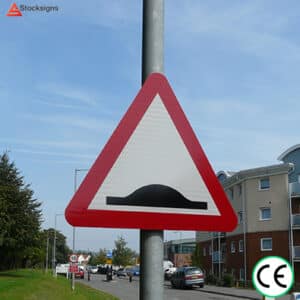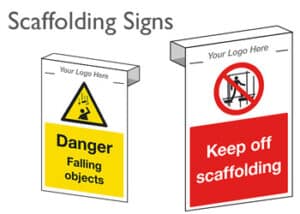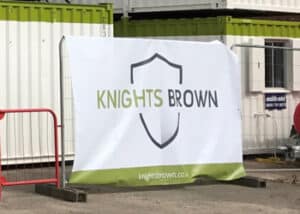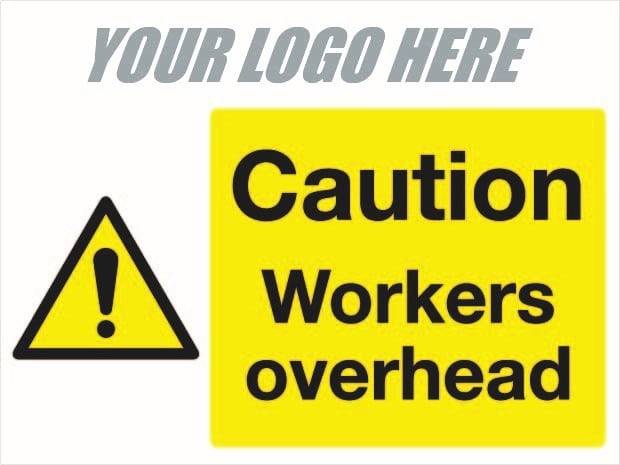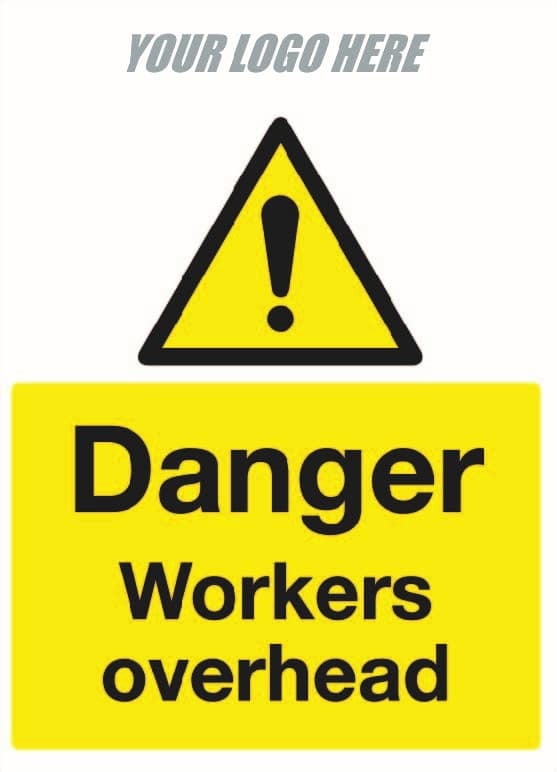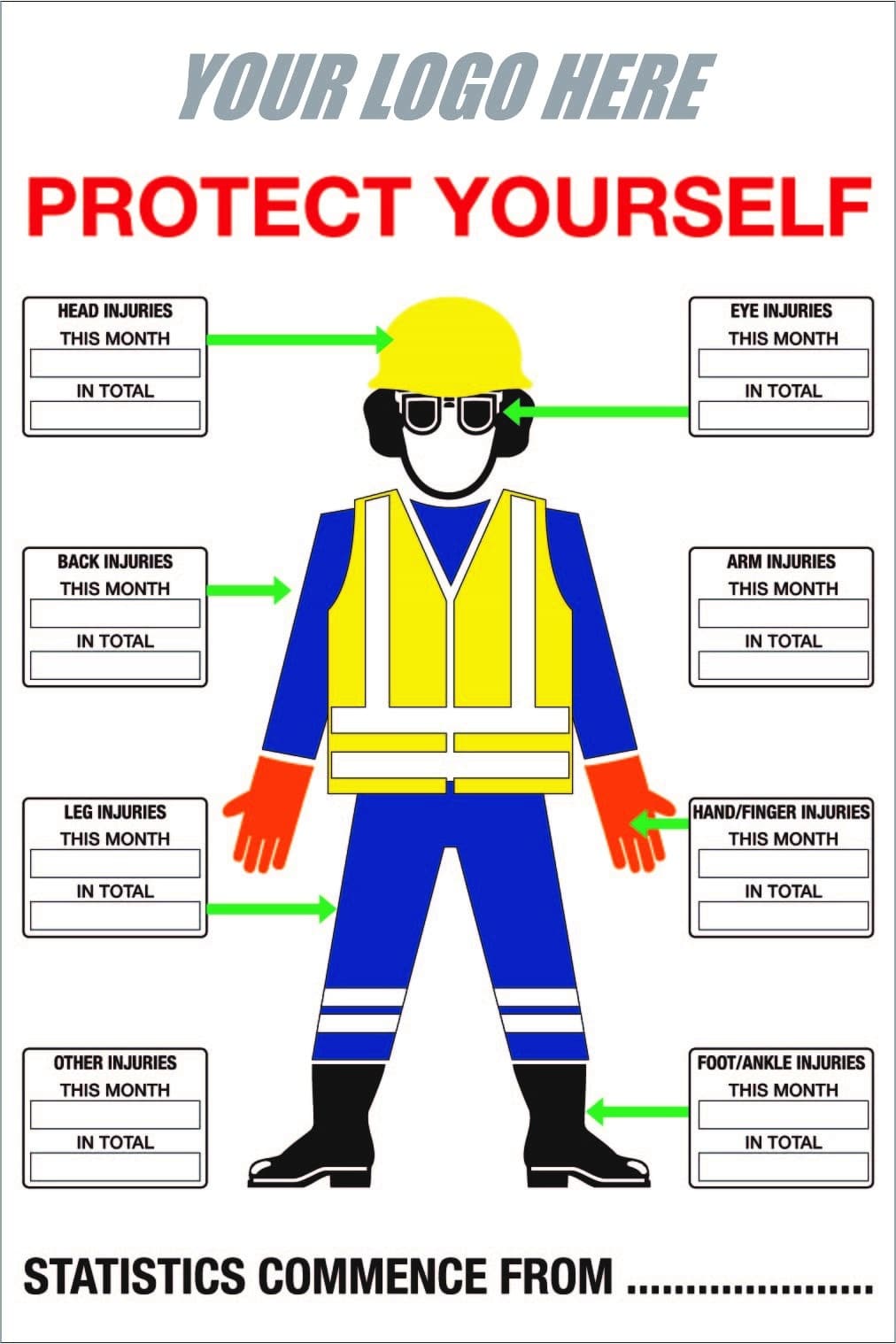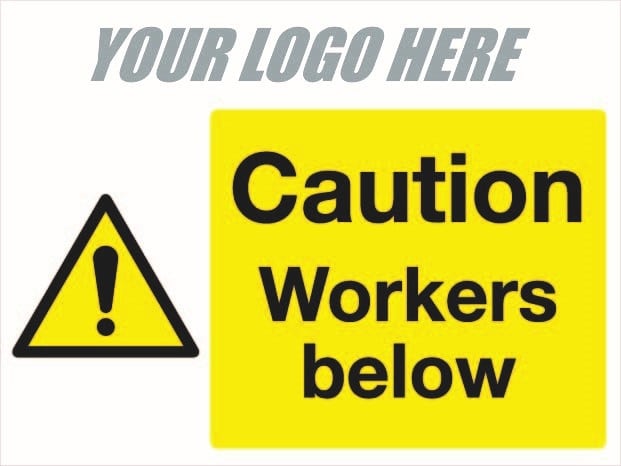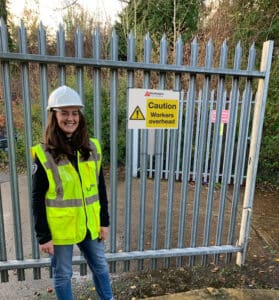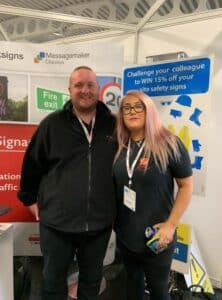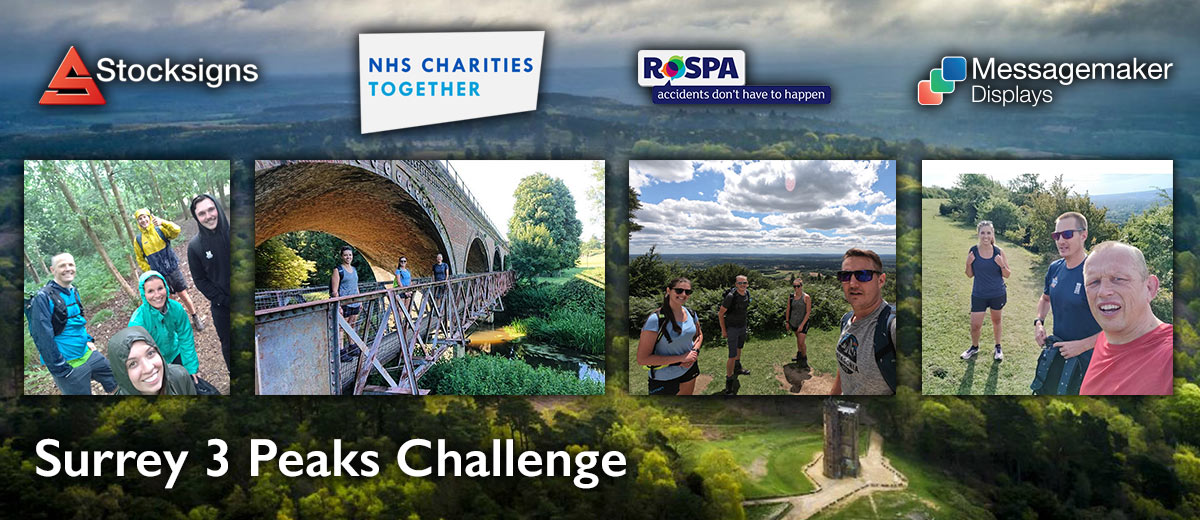GOOD PEOPLE AND GOOD VALUES – IS A GOOD SIGN
Here at Stocksigns and Messagemaker Displays – our corporate social responsibility is something we feel very strongly about. With the end of the year almost upon us, it’s an ideal time to reflect on the achievements we’re proud of and look towards the new year with a clear focus on our aims. Here, Danny Adamson, Managing Director, shares more.
I have always felt that a good business is one that is both ethical and accountable to itself, with people that are respected and valued for their contributions. For me, the aim has always been to create a workplace that’s just a great place to be. That’s the foundation of the culture here and I really feel that our staff value this too.
We also want to run a successful business in a sustainable manner; in a way that limits our impact on the environment and sees us genuinely give back to the communities around us.
I appreciate a lot of organisations might say something similar when asked, but I like to think that here, when we say we’re going to do something – we do it. I’m incredibly proud of what we have achieved this year and we manage our CSR approach daily through the following:

Our people
We invest in time, training and well-being initiatives to help keep our staff happy, healthy and motivated. From Pilates sessions, health checks and team walks, we also introduced a cycle to work scheme and put mental health support in place. For professional development, we offer bespoke training and coaching to allow individuals to reach their full potential – with recognition awards and regular team building events to help us to connect and socialise.
Efficient, progressive and sustainable
When it comes to manufacturing and supplying signage, we ensure that we use non-PVC, recycled sign materials wherever possible, reducing manufacturing waste and energy use. Through Messagemaker Displays, our commitment to product innovation means our energy efficient LED signage is compatible with renewable power sources and IoT technology.
Environmental impact
We are actively measuring, target setting, reducing and offsetting our carbon emissions so I am proud to say we are Carbon Neutral. We are currently three years into measuring our carbon footprint and we’re on the path to Net Zero – which we aim to have achieved by 2030. Given the nature of our business, our main challenge in terms of reducing carbon emissions is our fleet of cars and vans– so we have plans in place to tackle this next year.
Charity fundraising
Customers and followers of our social channels will be aware just how committed we are when it comes to raising funds. Over the last five years I am incredibly proud that we have raised over £47,000 for vital charities. Our staff have slept rough for homelessness charities, climbed mountains in Slovenia and hiked the Jurassic Coast – and with the support of our generous sponsors – continue to raise the bar year on year.
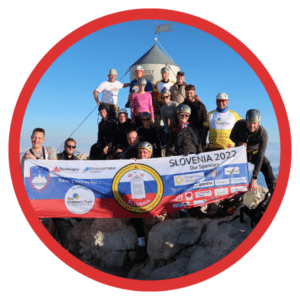
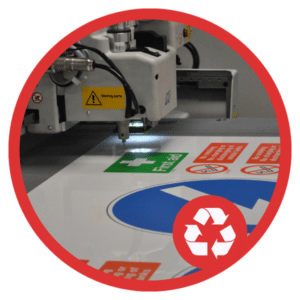

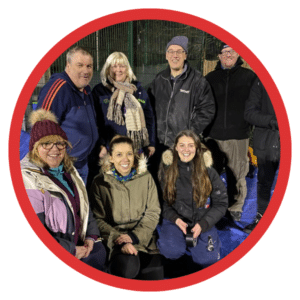
New year, new challenges
So, what’s next for Stocksigns and Messagemaker Displays in 2023?
- I’m delighted to announce we will be heading to Slovakia to climb Mount Rysy and to undertake two hiking routes through Paradise Park for charity
- We will also be implementing a quarterly staff volunteering scheme
- The launch of a completely PVC free range of signage by 2024
- The implementation of an end-to-end signage recycling scheme
- We will make the switch to electric and hybrid vehicles for our fleet
- Finally – we want to introduce renewable technology and power across our business
We’ll be keeping our customers and followers up to date on our progress in the coming months. As ever, there will be challenges, and a huge amount of work being done behind the scenes to make this all happen. However, I know that with such a passionate and committed team here, we can achieve it.



